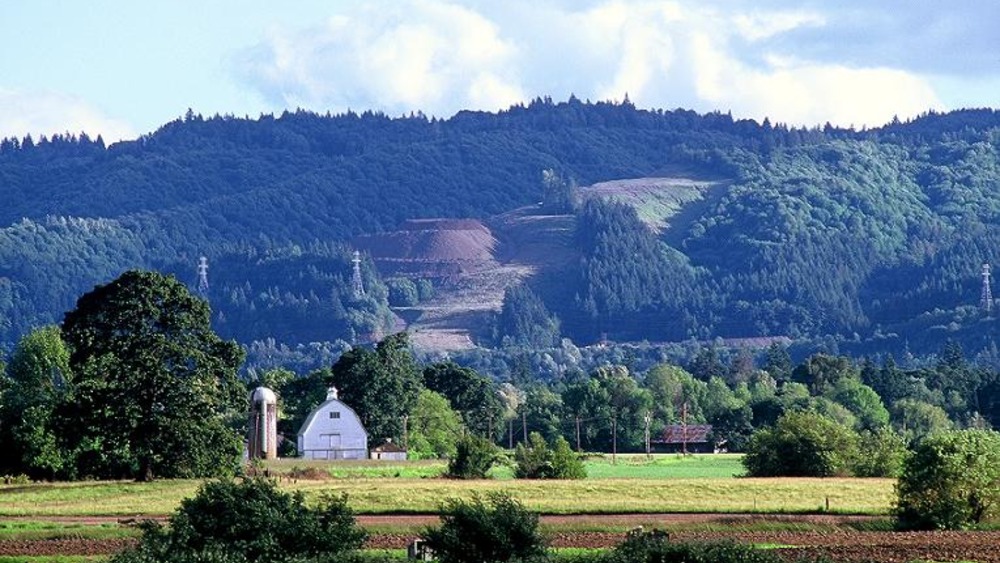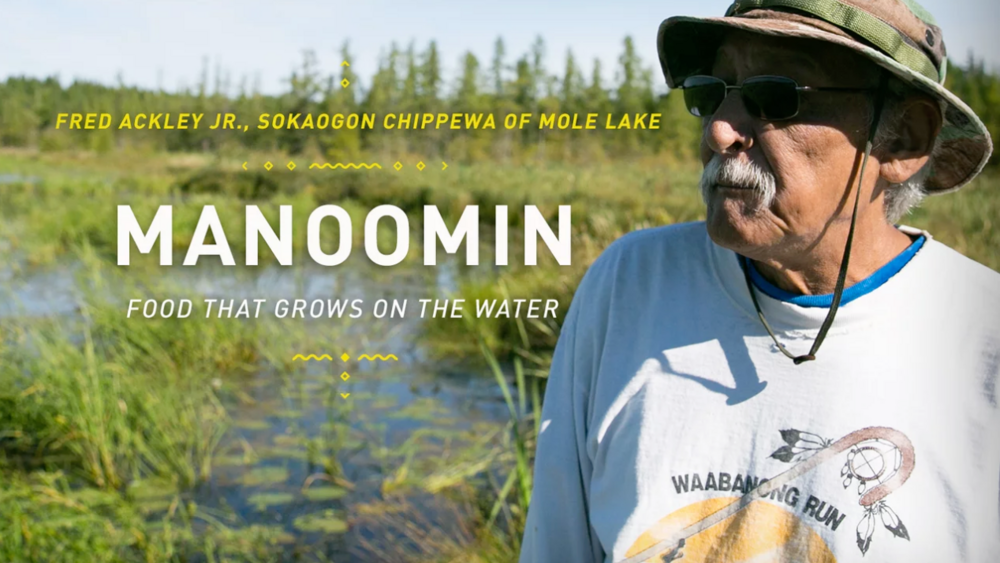Indigenous Governance Database
traditional diets
Image

New reporting project focuses on Indigenous food sovereignty in the Columbia River Basin
There’s no official definition for the term “food sovereignty,” but the Indian Affairs Bureau describes it as “the ability of communities to determine the quantity and quality of the food that they consume by controlling how their food is produced and distributed.” Portland-based news outlet…
Image

Manoomin: Food That Grows on the Water
This story follows Fred Ackley Jr. from the Sokaogon Chippewa Community of Mole Lake as he harvests and processes manoomin, or wild rice. The ancestors of his community migrated to Madeleine Island from eastern Canada long ago, then more recently to the Rice Lake area. Their 12 square mile…
